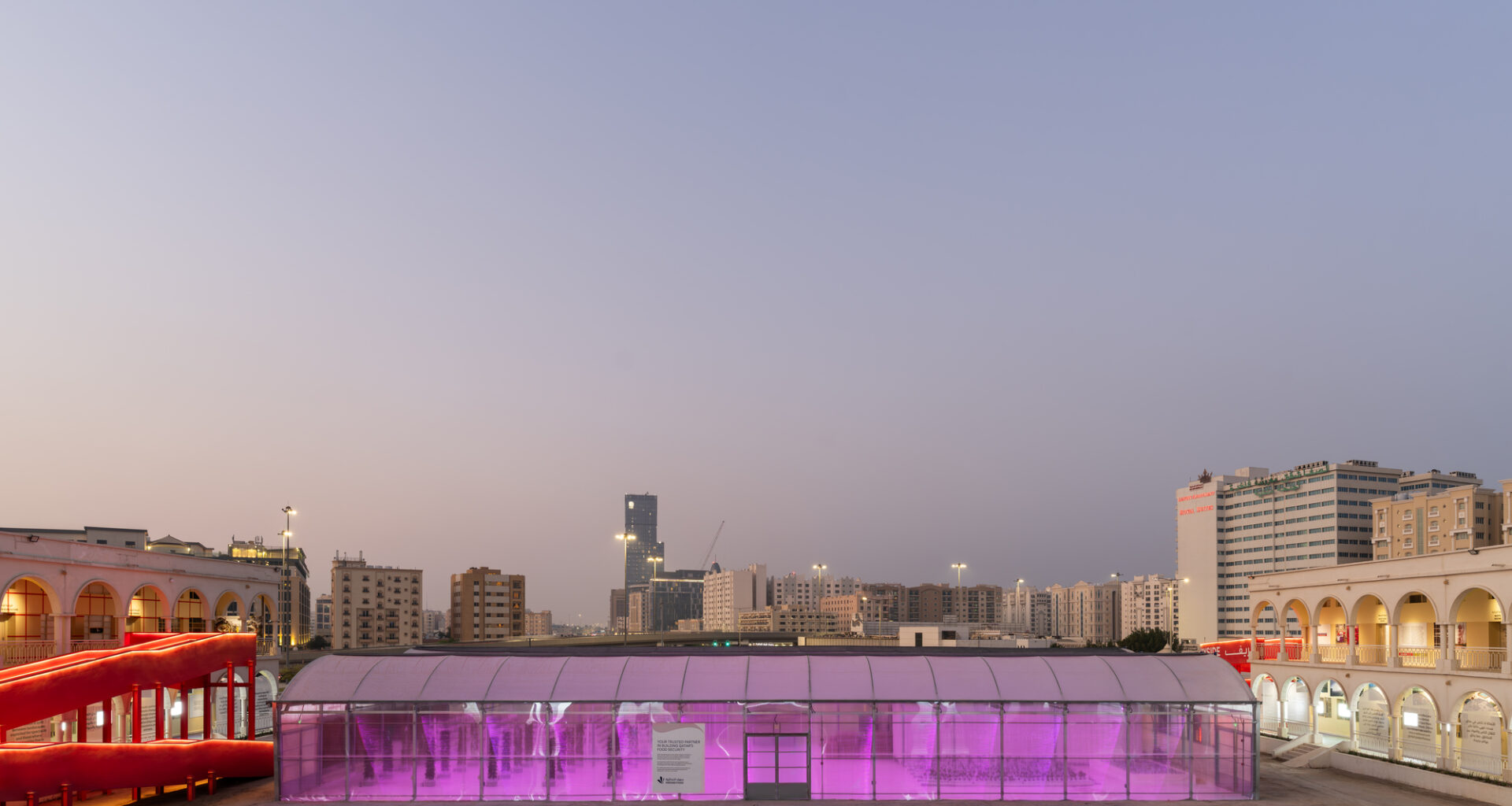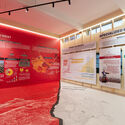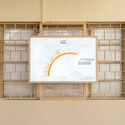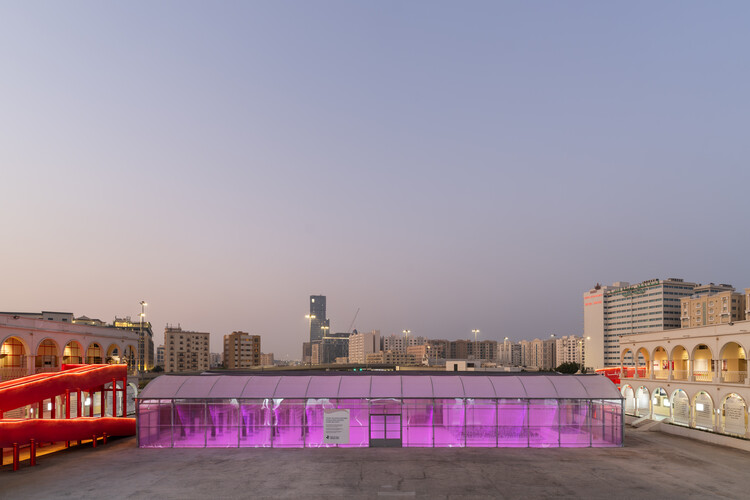 Countryside – A Place to Live, Not to Leave. Image © Marco Cappelletti Studio, Courtesy of AMO/OMA
Countryside – A Place to Live, Not to Leave. Image © Marco Cappelletti Studio, Courtesy of AMO/OMA
Share
Or
https://www.archdaily.com/1035961/amo-oma-explores-the-future-of-rural-living-with-countryside-a-place-to-live-not-to-leave-in-doha
Countryside: A Place to Live, Not to Leave by AMO / OMA presents an exploration of contemporary life beyond the city, examining how rural territories adapt to global transformation. Conceived under the direction of Rem Koolhaas and Samir Bantal, with Yotam Ben Hur as project architect, the exhibition is presented by Qatar Museums in collaboration with the Qatar Fund for Development (QFFD), the Ministry of Environment and Climate Change (MoECC), Hassad Food, and Kahramaa. It is hosted across two venues in Doha, the Qatar Preparatory School and the National Museum of Qatar, and remains accessible to the public until June 30, 2026.
 Countryside – A Place to Live, Not to Leave. Image © Marco Cappelletti Studio, Courtesy of AMO/OMA
Countryside – A Place to Live, Not to Leave. Image © Marco Cappelletti Studio, Courtesy of AMO/OMA
Continuing the research initiated with Countryside, The Future at the Guggenheim Museum in New York in 2020, this iteration expands the scope toward “the Arc,” a vast geographic corridor extending from South Africa through East Africa, across Qatar and Central Asia to Eastern China. Defined by mountainous topographies that have historically limited large-scale urbanization, the Arc retains enduring traditions even as it undergoes accelerated change. The exhibition investigates how technological innovation, new agricultural methods, and shifts in energy production are redefining these landscapes, offering models for sustainable habitation that challenge city-centered narratives.
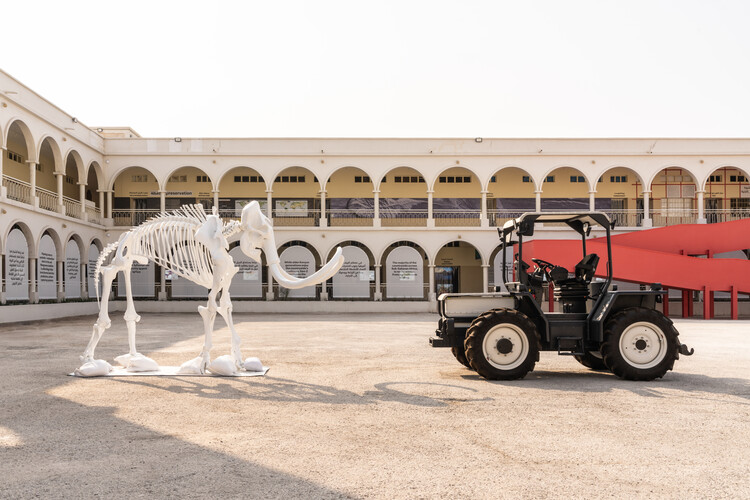 Countryside – A Place to Live, Not to Leave. Image © Marco Cappelletti Studio, Courtesy of AMO/OMA
Countryside – A Place to Live, Not to Leave. Image © Marco Cappelletti Studio, Courtesy of AMO/OMA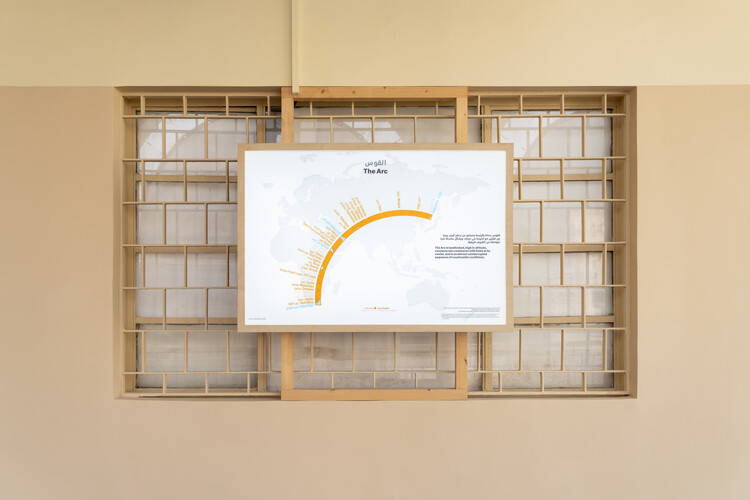 Countryside – A Place to Live, Not to Leave. Image © Marco Cappelletti Studio, Courtesy of AMO/OMA
Countryside – A Place to Live, Not to Leave. Image © Marco Cappelletti Studio, Courtesy of AMO/OMA
Organized across two complementary venues, the project connects research with public engagement. At the National Museum of Qatar, an installation introduces the main themes and contextualizes the Arc as a dynamic region where demographic growth and modernization intersect with heritage and ecology. The Qatar Preparatory School functions as an experimental hub, where classrooms are repurposed into laboratories for research, production, and dialogue. Through workshops, lectures, and collaborations between students, educators, and invited contributors, the school becomes both a site of learning and a living part of the exhibition.
Related Article Hinterland From the Metropolis: Deciphering AMO’s “Countryside, The Future”  Countryside – A Place to Live, Not to Leave. Image © Marco Cappelletti Studio, Courtesy of AMO/OMA
Countryside – A Place to Live, Not to Leave. Image © Marco Cappelletti Studio, Courtesy of AMO/OMA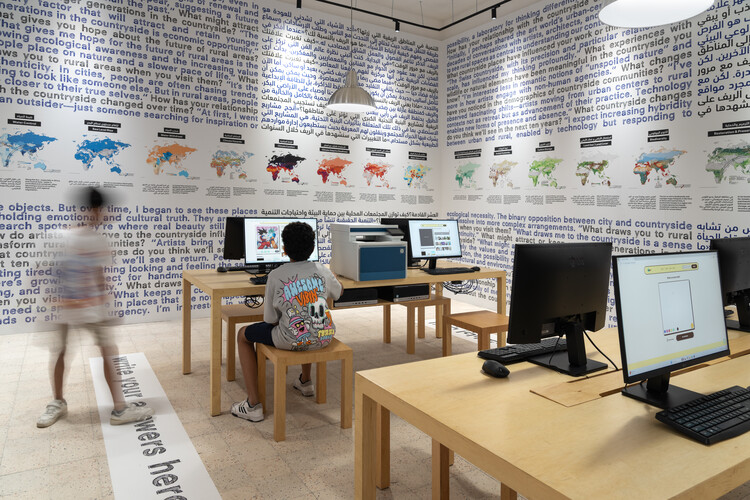 Countryside – A Place to Live, Not to Leave. Image © Marco Cappelletti Studio, Courtesy of AMO/OMA
Countryside – A Place to Live, Not to Leave. Image © Marco Cappelletti Studio, Courtesy of AMO/OMA
The surrounding grounds serve as a test field for desert cultivation and sustainable food production. Experimental plots and greenhouses explore new methods of irrigation, hydroponics, and vertical farming, translating global research into local application. These processes are documented and gradually assembled into a collective manifesto, forming a continuously evolving record of the project’s outcomes.
Developed with contributions from an international network of researchers and academic institutions, including the Harvard Graduate School of Design, MIT, TU Delft, and the Central Academy of Fine Arts in Beijing, Countryside: A Place to Live, Not to Leave positions the rural not as a peripheral landscape, but as a field of innovation. Through this lens, the project reframes the countryside as a space for adaptation and possibility, reflecting on how human habitation might evolve in response to environmental and social change.
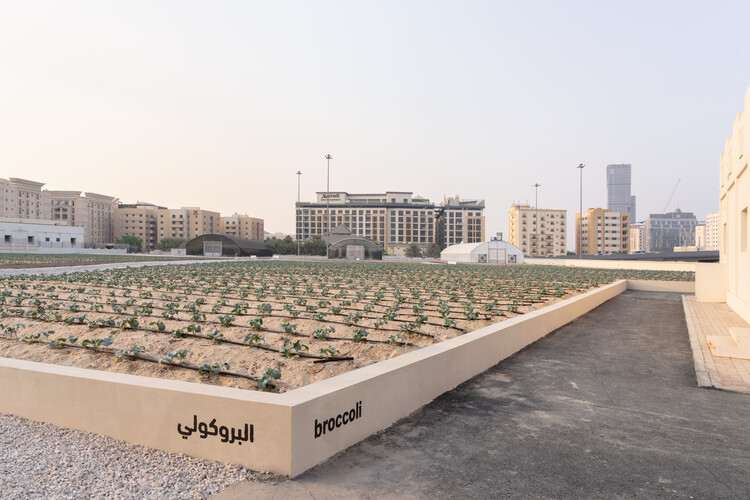 Countryside – A Place to Live, Not to Leave. Image © Marco Cappelletti Studio, Courtesy of AMO/OMA
Countryside – A Place to Live, Not to Leave. Image © Marco Cappelletti Studio, Courtesy of AMO/OMA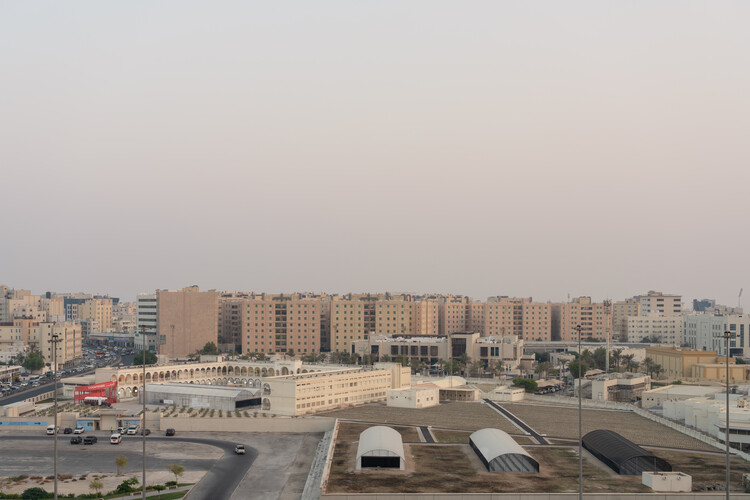 Countryside – A Place to Live, Not to Leave. Image © Marco Cappelletti Studio, Courtesy of AMO/OMA
Countryside – A Place to Live, Not to Leave. Image © Marco Cappelletti Studio, Courtesy of AMO/OMA
In other exhibition news, Foster + Partners presents Civic Vision at Parkline Place in Sydney, the firm’s first major retrospective in Australia, on view until December 21, 2025. In Paris, the Fondation Cartier pour l’Art Contemporain inaugurated its new building on October 25, 2025, with Exposition Générale, an exhibition drawn from its permanent collection. Meanwhile, the Danish Architecture Center (DAC) hosts Age of Nature until May 17, 2026, exploring how architecture can evolve to sustain both human life and biodiversity within a changing ecological context.

